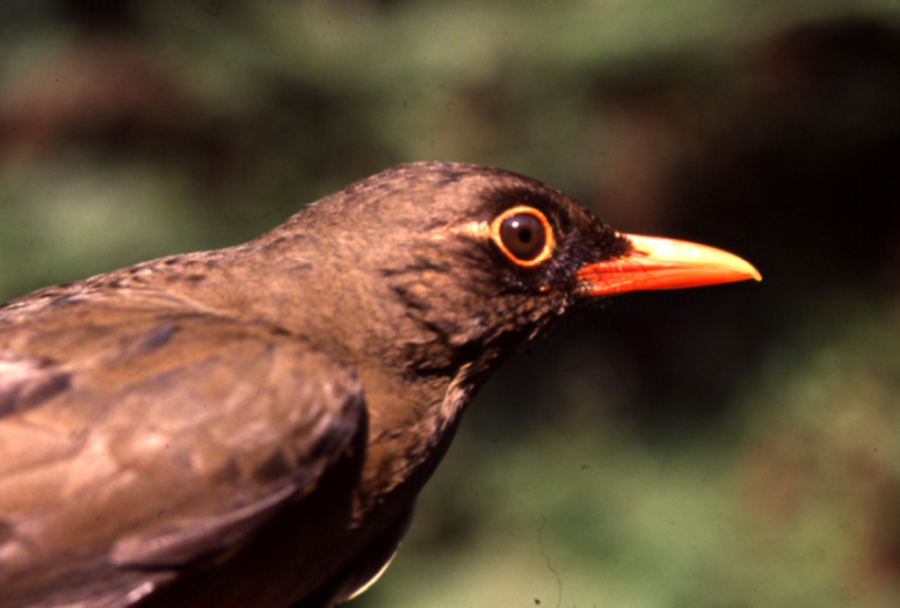A new University of Utah-led study shows that targeted forest regeneration efforts in the Eastern Arc Mountains of Tanzania and the Atlantic Forest of Brazil can save at-risk species in tropical forests.
When tropical forests disappear, so do thousands of species. Tropical forests host more than half of all the plant and animal species on Earth and a fifth of the world’s fresh water. Many tropical forests are classified as “high-biodiversity areas,” meaning that they contain a population dense with diversity of life. As the forests continue to be fragmented, or reduced to small, isolated patches, these regions become seriously threatened “biodiversity hotspots.” As soon as a fragment is created, species begin to die out very quickly — in some cases, after only 7 years. However, the authors of the study, published in “Proceedings of the National Academy of Sciences” believe that through systematic regeneration, these targeted areas can be maintained.
“Ecologists have recognized for many years that habitat loss through fragmentation is the leading cause of extinction worldwide,” said William Newmark, conservation biologist at the Natural History Museum of Utah. “We’ve also recognized for a long time that corridors or linkages are effective in terms of reducing species loss, but our knowledge about the effectiveness of corridors was focused on individual species.”
This process of reforesting with corridors or linkages involves filling the gaps between tropical forests created by fragmentation by reintroducing plants to the area. Newmark began the analysis on the effectiveness and value of reforesting corridors or linkages to conserve communities of species, rather than individual ones, nearly two years ago, with help from other researchers across the world, including John Halley of University of Ioannina in Greece and Clinton Jenkins of the Instituto de Pesquisas Ecológicas in Brazil.
The team chose to study the biodiversity hotspots in the Eastern Arc Mountains of Tanzania and the Atlantic Forest of Brazil based on their experience in the areas. Newmark spent three years in the Eastern Arc Mountains researching bird species, and members of the team like Jenkins were well-versed in Brazil’s environment.
The cost was calculated based on historical data of the per hectare cost of generating a corridor in the eastern arc mountains and Atlantic forests of Brazil. The proposed cost of forest regeneration in these two areas is estimated to be between $21 to $49 million dollars — a very low price tag, Newmark said.
“It really doesn’t take much money to regenerate these forests. For virtually nothing, we could easily save a large fraction, if not a majority of species worldwide. This could provide one of the highest returns on investment for biodiversity conservation worldwide.”
However, raising the money won’t be the biggest challenge for the initiative — recovering and managing the lands will be. Many people use the lands in the Eastern Arc Mountains for subsistence farming, and may not be willing to sell their land or revoke ownership. While this hurdle is still months ahead, the researchers hope to offer incentives, like annual payments, to be able to begin regeneration.
j.mumford@dailyutahchronicle.com



